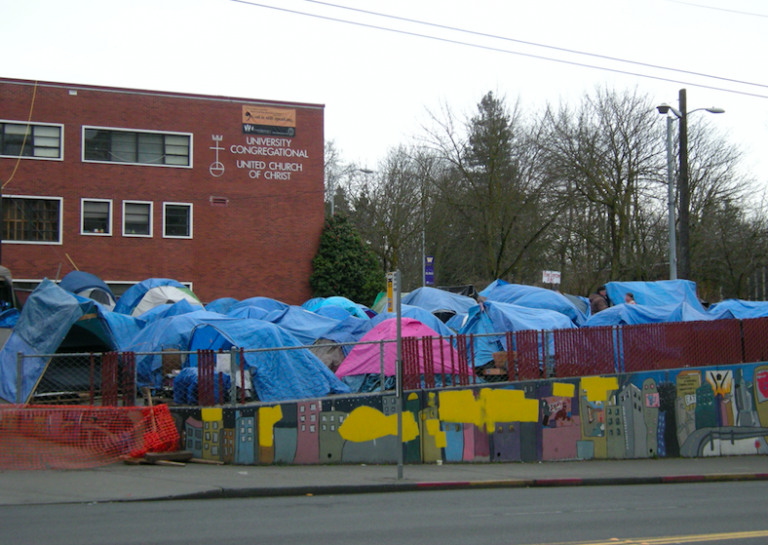A crystal ball may not be able to predict what will happen to California’s care industry in 2026. Usually, a new year brings hope for positive changes, but California always disappoints by enacting punitive new laws. Logically, (if that is a word California understands) if Governor Gavin Newsom wants his Master Plan to work, he needs a strong assisted living industry, but his plan requires money and the state’s budget is operating in the red. No money.
On January 1 minimum wage increases to $16.90 per hour. That would bring the pay for an 8-hour per day, 40-hour per week caregiver to $2,929.27 per month. In some cities and counties, minimum wage is higher, and Los Angeles is seeking a $30 per hour minimum wage. Utility rates increase, but California “voted” to cut utility company profits, meaning utility companies cannot upgrade their equipment, then get blamed for fires.
Is the state’s assisted living waiver program viable? The state made it difficult to figure out. There have been no new statistics since July 2025, but there was a drop in overall enrollment and an increase in the enrollee waiting list. In September 2024, California suspended the program because of a fiscal shortfall. It appears the program may restart in April 2026, but the 2026 “tiers” for care have been posted: $95.69 to $270.80 per day.
Newsom has blamed the federal government for the state’s woes, but the U.S. Department of Health and Human Services is refusing to fund California’s incessant push to give welfare benefits to illegals and that is leading to California having to “kick millions of Californians” off welfare. Many being kicked off are not legally in the U.S. California has claimed “new” illegals will not receive welfare benefits.
California’s SSI rates will be $1,444.07 per month with $182 for personal and incidental needs. The increase from 2025 was minimal making SSI admissions, still, a financial impossibility for facility admissions. How will the industry face the state’s upcoming projected deficit of $18 billion and maybe as high as $35 billion before the end of 2027. Will the assisted living industry in California survive, well, California? It has for many years. If the state’s statistics are correct, there are as many RCFEs now as there were before the 2009 economic crash, but the upcoming “crash” for 2026 – 2027 may affect those numbers.

